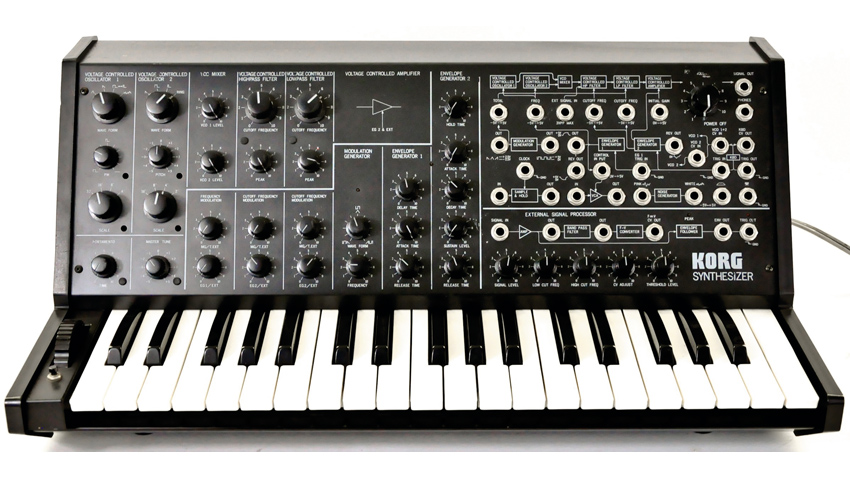What is a semi-modular synthesizer?
Get your head round the fundamentals with our quick guide

Consider the full spectrum of synthesisers, with a bunch of ‘regular’ synths sitting over to the left. Whether analogue or digital, these completely self-contained instruments come ready-built with a predetermined number of oscillators, a filter or two, envelopes and LFOs, and a totally prewired signal path. Obvious examples include Roland’s 80s classics – Juno-106, SH-101 et al – and Dave Smith’s entire range. None of these elements can be changed from the default, and in terms of connectivity, you’re limited to basic MIDI (if you’re lucky) and audio signals. These give you the immediacy of a traditional, tactile instrument - ideal for beginners or keyboardists - but there’s no possibility for expansion or change. What you see (or hear) is what you’re stuck with forever, essentially.
All the way over to the right of our hypothetical synth warehouse sits the complete antithesis to ready-rolled synths - yep, it’s the now-fashionable modular synthesiser. A modular synth is completely customisable: the user chooses any number of arbitrary oscillators, filters, modulators and processing modules that can be swapped out at will and be patched in any way they see fit. Lacking the immediacy of non-modular synths, a true modular system takes time and skill to build, connect and use with competency – but the rewards are unlimited expansion and potentially endless sonic exploration.
The semi-modular synth, then, sits slap bang in the middle of those two camps, positioned halfway between a conventional synthesiser keyboard (or module) and a full-blown modular system. At a basic level, a semi-modular synth is a self-contained ‘voice’ comprised of a collection of prewired (or ‘normalled’) modules. Examples with attached keyboards include Korg’s MS-20, Moog’s new Grandmother and Arturia’s MiniBrute 2; while many ‘proper’ modular synth manufacturers such as Doepfer also sell ready-rolled Eurorack setups consisting of a collection of complementary modules ready to go out of the box.
Fundamentally, these are standalone instruments in their own right, but they also provide additional connectivity via some kind of patchbay, allowing the user to either rewire their pre-normalled connections to other destinations within the synth itself, and incorporate signals from other sources such as semi- and full-modular synths, or even other external sequencers and signal generators. It really is the best of both worlds: you get a completely standalone synthesiser, but have the ability to expand its sonic capabilities by piping other signals in and out of the signal path.
Whether you view one of these instruments as a gateway drug into the more complex world of full-on modular, or you just want to expand your synthesis horizons with a bit more external connectivity, a semi-modular synth is a truly powerful weapon in the electronic musician’s studio.
For more on semi-modular synthesis, pick up the November 2018 edition of Future Music.
Get the MusicRadar Newsletter
Want all the hottest music and gear news, reviews, deals, features and more, direct to your inbox? Sign up here.
Future Music is the number one magazine for today's producers. Packed with technique and technology we'll help you make great new music. All-access artist interviews, in-depth gear reviews, essential production tutorials and much more. Every marvellous monthly edition features reliable reviews of the latest and greatest hardware and software technology and techniques, unparalleled advice, in-depth interviews, sensational free samples and so much more to improve the experience and outcome of your music-making.
"If I wasn't recording albums every month, multiple albums, and I wasn't playing on everyone's songs, I wouldn't need any of this”: Travis Barker reveals his production tricks and gear in a new studio tour
“My management and agent have always tried to cover my back on the road”: Neil Young just axed premium gig tickets following advice from The Cure’s Robert Smith










